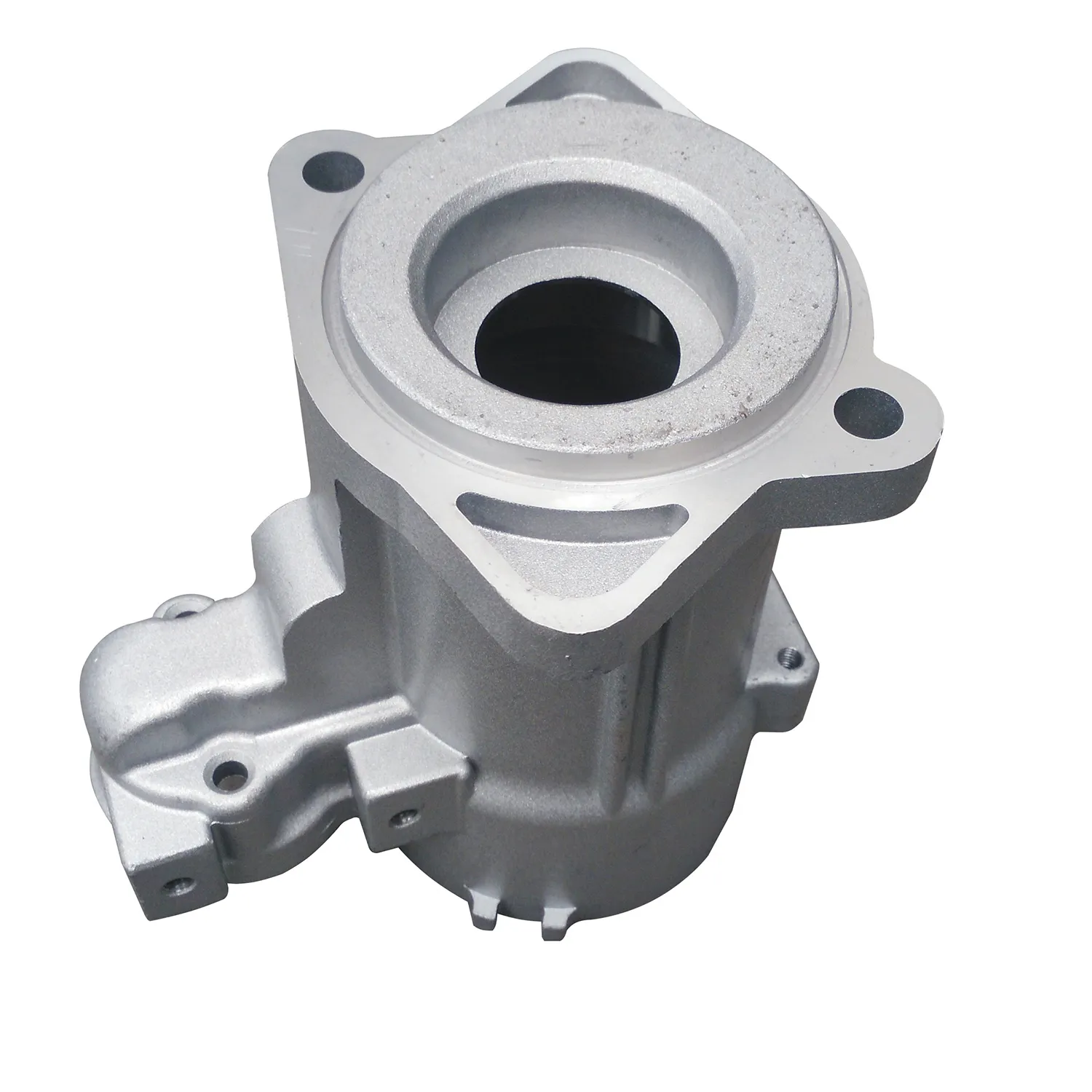Mobile:+86-311-808-126-83
Email:info@ydcastings.com
Understanding the Performance and Design of a Six-Cylinder Engine Exhaust Manifold System
Understanding the 6% Cylinder Exhaust Manifold An Overview
The exhaust manifold is a crucial component of an internal combustion engine, responsible for directing exhaust gases away from the engine and into the exhaust system. For a six-cylinder engine, the design and functionality of the exhaust manifold play a significant role in optimizing engine performance, reducing emissions, and improving fuel efficiency. This article will explore the intricacies of a 6% cylinder exhaust manifold, focusing on its design, benefits, and impact on engine performance.
What is an Exhaust Manifold?
An exhaust manifold is a series of pipes that collects exhaust gases from the engine cylinders and channels them into a single outlet, which eventually leads to the catalytic converter and muffler. The manifold is typically made of cast iron or stainless steel, materials chosen for their ability to withstand high temperatures and resist corrosion.
For six-cylinder engines, the exhaust manifold must accommodate exhaust gases from all six cylinders efficiently. The design of these manifolds can vary significantly, leading to variations in performance and efficiency.
The Importance of Design
The design of the exhaust manifold for a six-cylinder engine is essential for several reasons. Firstly, it affects the engine's back pressure. Back pressure is the resistance against the flow of exhaust gases; if it's too high, it can hinder engine performance, causing a loss of power and efficiency. A well-designed exhaust manifold minimizes back pressure, allowing for smoother exhaust flow and improved engine breathing.
Additionally, the configuration of the exhaust manifold can influence the pulsation of exhaust gases. As each cylinder fires, it sends out a pulse of gases; if these pulses can be managed optimally, it leads to better scavenging – the process where fresh air-fuel mixture is drawn into the cylinder while simultaneously expelling exhaust gases. Enhanced scavenging can lead to increased torque and horsepower, particularly in a six-cylinder engine, which often serves a balance between performance and efficiency.
6 cylinder exhaust manifold

Benefits of a 6% Design Optimization
When discussing a 6% cylinder exhaust manifold, it typically refers to design optimizations or improvements aimed at increasing overall engine efficiency and performance by approximately 6%. This optimization can be achieved through various methods, such as
1. Material Selection Using lightweight and high-temperature-resistant materials can reduce weight and improve thermal performance. 2. Enhanced Flow Dynamics Designs that improve the airflow, such as smoother transitions and larger diameters, can reduce resistance and turbulence, thus enhancing engine output.
3. Thermal Management Incorporating thermal barriers or coatings can help maintain optimal exhaust temperatures, which is crucial for maximizing the performance of turbochargers or catalytic converters.
4. Weight Reduction By minimizing the mass of the exhaust manifold, the overall weight of the engine can be reduced, contributing to better vehicle performance.
The net effect of these enhancements could lead to improved fuel efficiency, increased power output, and reduced emissions. For performance enthusiasts and manufacturers alike, optimizing a six-cylinder exhaust manifold by 6% can significantly enhance the driving experience and contribute to environmental sustainability through lower emissions.
Conclusion
The exhaust manifold is more than just an assembly of pipes; it plays a vital role in the performance and efficiency of a six-cylinder engine. Through thoughtful design and optimization, such as achieving a 6% improvement, manufacturers can harness the full potential of the engine, providing drivers with better performance, efficiency, and reduced environmental impact. In the ever-evolving world of automotive engineering, the importance of exhaust manifold design cannot be overstated, and continued innovations will undoubtedly shape the future of internal combustion engines.
-
Why Should You Invest in Superior Pump Castings for Your Equipment?NewsJun.09,2025
-
Unlock Performance Potential with Stainless Impellers and Aluminum End CapsNewsJun.09,2025
-
Revolutionize Your Machinery with Superior Cast Iron and Aluminum ComponentsNewsJun.09,2025
-
Revolutionize Fluid Dynamics with Premium Pump ComponentsNewsJun.09,2025
-
Optimizing Industrial Systems with Essential Valve ComponentsNewsJun.09,2025
-
Elevate Grid Efficiency with High-Precision Power CastingsNewsJun.09,2025











